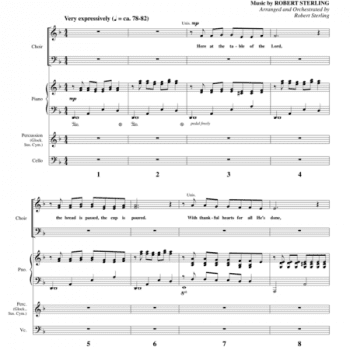There have been suggestions over the years that Jesus faked his own death, Hugh Schonfeld’s book The Passover Plot being the best-known example.
That’s not what this post is about. If anyone is disappointed by that fact, let me direct them to one of my earliest published articles, “Uncontrived Messiah or Passover Plot? A Study of A Johannine Apologetic Motif.” It was published in Irish Biblical Studies, and you can read it online courtesy of Butler University’s institutional repository.
Here in this post, my focus is rather on Paul’s language of Christians reckoning themselves dead to sin. Sometimes his language seems to denote a mystical spiritual reality, but in others, he seems to be talking about something that Christians ought to live as though it were true.
That language of Paul’s is explored in Weekend Fisher’s post about faking one’s own death as a spiritual practice. I remember way back in Bible college leading a chapel service and exploring what Paul’s language of being crucified with Christ means, suggesting even then that it was a symbolic way of thinking that we were to envision ourselves into, a way of approaching life (and death), rather than referring to some kind of ontological change. On some level, Paul himself seems to have known that. If he wrote today, do you think he would have worked the witness protection plan into his metaphor?
This seemed an appropriate thing to share at the start of a new year, when many are seeking to leave some aspect of the past behind and make a fresh start.
Of related interest, a review of Knowing Christ Crucified appeared in Reading Religion. On crucifixion and the archaeological record, see this recent ASOR article by Joe Zias. See too:
Rev Doc Geek shared a sermon about taking up one’s cross and following Jesus.
Christian Century looked at the Orthodox view of the cross as triumph.
The cross in the Maronite Church
Podcast: John McNall on the Mosaic of Atonement
Here is a review of Mark Smith’s book, The Final Days of Jesus: The Thrill of Defeat, the Agony of Victory. It is especially interesting as it offers a classical historian’s perspective on criteria and probability. Here is a quote from the review:
Smith details the type of criteria that classical historians use, and makes the point that classical historians (unlike historical Jesus scholars who have often attempted to determine certainty, as have the Jesus Seminar over Jesus’ sayings) work in terms of probability, and consider most historical analyses and reconstructions would sit within the 4 – 6 range (out of a 0 to 10 probability scale). The criteria are these: (1) Proximity to the event; closer is best, and may be assumed to be falsifiable i.e. other witnesses would confirm or deny a report: (2) Corroboration: the ability to check, and compare multiple sources; (3) Consistency; (4) Who benefits from this account?; and (5) Authorial intent.
On the criteria of authenticity in New Testament studies see this recent blog post from Larry Hurtado:
This post has wandered quite far from where it began. I probably should have made it part of the Paul APB series, since there would have been something really interesting about bringing the all points bulletin and the witness protection plan together in connection with the apostle Paul…
















